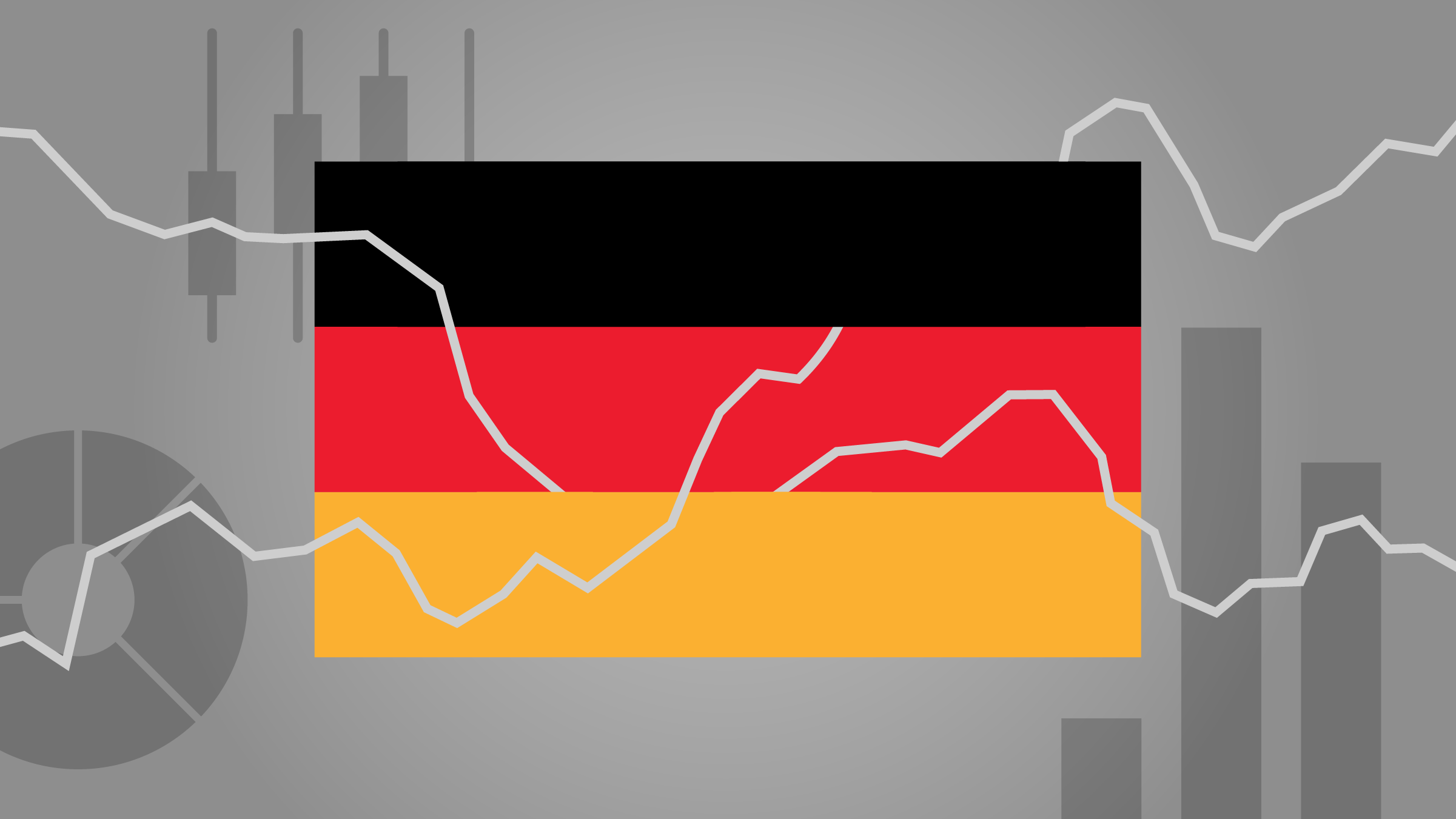Ruth Saldanha: One of the major points of appeal for broad market indexes is, well their breadth. They tend to not miss out on much, but not all big benchmarks are similarly broad, nor do they all take the same approach to which stocks they let in, and more importantly, those that they leave out. The S&P 500 is count based but leaves some discretion in counting to a committee which selects the eligible stocks. So what are some of the quirks if you will, that investors should know about with the S&P 500 index. Ryan Jackson is a Manager Research Analyst for Morningstar Research Services, and he's here today to talk about this.
Ryan, thank you so much for being here today.
Ryan Jackson: Of course, thanks for having me Ruth.
Are America’s 500 Largest Stocks in the S&P 500? Not Really.
Saldanha: Now, the first thing I want to ask about is the number 500 itself. The constituents of the index might not necessarily be the 500 largest U.S. companies by market cap. So why is that the case?
Jackson: Yeah, so you nailed it when you said that the S&P 500 is a count based index. Basically all that means is that they're always going to stick to that fixed number of 500 when it comes to the amount of holdings in that index portfolio. Now there are a couple of nuances to the index construction that mean it's not always the 500 largest companies that get in there. First and foremost, as you alluded to the S&P 500 is actually maintained by an investment committee. These are real live human breathing people that are making the decisions about which stocks formulate this index. That's a little bit different than something like a Russell 1000, that's bound by a set of hard concrete rules. The idea of the committee here is to, not necessarily hold the largest stocks, but those that represent the large cap market the best. For example, you know if a slew of stocks kind of come in up that bottom size threshold, and maybe tip the overall index portfolio towards a certain sector. The index committee might decide to hold off on adding them to kind of maintain the balance that already existed within the portfolio.
Overall, they take a very light touch approach. It's not going to have a huge bearing on which stocks make or miss the cut, but that committee does have some decisions around the margin that can affect the construction. Secondly, and this part is a little bit more widely known. Is the idea that the S&P 500 puts all index candidates through a set of profitability criteria. They call it their financial viability criteria and basically what this means is for index candidates to actually make the cut into the S&P 500, they need to meet a couple of requirements. Number one, their earnings over the past four most recent quarters need to be positive and number two their earnings in the most recent quarter also need to be positive. This is sort of a financial test for these companies to actually make the cut at the S&P 500 saying look even if you have the size to get here, we want to make sure that you have the financial viability to actually make an impact and sustain your stay here in the index. More often than not, companies that have the size the market capitalization to actually make the cut are not going to run into real problems when it comes to this financial viability, but every once in a blue moon, including one household name in 2020, we do see these issues crop up and give some of these larger companies problems.
Tesla Took 7 Years to Get Into the S&P 500
Saldanha: So let's talk about one of these exceptions, let's consider Tesla (TSLA). Now, despite the fact that the company's market cap hit $4.3 billion in 2013, which is above the $4 billion requirement for the S&P 500. It was not included until December 2020. So tell us a little bit more about the Tesla situation.
Jackson: Yeah, the Tesla case is a very very fascinating one, especially when you consider that when it did finally make the cut for the S&P 500 in December of 2020, it was immediately cannonballing in as the fifth largest holding in that index portfolio. You know, conversely, it had been in the Russell 1000 index for about a decade, by the time it finally made its debut in the S&P 500. It's almost antithetical to how we sort of think of passive investing. You know this idea that a company comes in as relative young buck, a smaller role in the portfolio, and gradually sees that share expand, as does its market cap. You know this is one where it really came in and right away was one of the indexes heavy hitters. As far as why it took it so long to actually breach the index it just boils down to that again instance of profitability criteria that it had not met until that 2020 rebalance. Tesla, for all the hype that built around it in the 2010s. You know for the market cap that a company that hype, it was a growth at all cost company and in many senses still is, was not so much focused on turning profits. It was more focused on developing their firm, expanding their market footprint, and while that's great for their market capitalization at the time and and saw its valuation skyrocket. That wasn't enough for the S&P index committee and the rules that it adheres to.
Profitability at the Cost of Growth?
Saldanha: Which brings me to the next question. Does this profitability criteria really come at an opportunity cost for growth investors, especially when it comes to early stage tech companies as an example.
Jackson: Yeah, you know I'll lean on the old investing adage here that there is no such thing as a free lunch and I think this is a great example of that idea. You know, I'm sure S&P 500 investors that saw Tesla just booming throughout the 2010s. Probably were not thrilled to realize that that wasn't in their portfolio all along. You know, sticking with Tesla from 2013, through its actual index addition to the S&P 500, it was returning about 78%, 79% a year. From the time it was added through the end of January 2023, it was losing about 12% a year. So you do have these edge cases every once in a while where those really high growth, you know tech upstart companies are booming in valuation, but not contributing to the S&P 500. That said, I think the benefits that the profitability criteria confer generally outweigh those very few and far between instances.
Profitable stocks tend to be able to absorb market shocks a little bit better. You know they're able to handle turbulence, we saw that in instance like the COVID-19 drawdown in early 2020, that S&P 500 actually held up a little bit better than rival indexes such as the Russell 1000 because it had companies that had proven themselves capable of handling these difficult situations. Over the longer term, if you compare the performance of the S&P 500, something like the Russell 1000 while the returns are very similar, the S&P 500 has a little bit less volatility. Like I said, holds up better little bit during drawdowns, and while these differences are very, very marginal, they can make a big difference for an investor when you see those small differences pile up over the long term.
Is the S&P 500 the Best Way to Get U.S. Market Exposure?
Saldanha: Which leads me to my final and perhaps the most interesting question. In your opinion, is the S&P 500 the best way for investors both U.S. and international investors to play the U.S. market?
Jackson: Yeah, it's a good question and I do think it is the best way to play the U.S. large cap market. You know, if you look at our Morningstar analyst ratings, they definitely reflect that you have ETFs like iShares Core S&P 500 ETF, (IVV) earns a Gold rating, as does Vanguard S&P 500 ETF ticker, (VOO). Those gold ratings reflect that we think overall, the S&P 500 is best of breed and has proven very difficult to beat over the long term in that large cap market segment. Now if you kind of look at the overall U.S. market, it's important to remember that the S&P 500 is only capturing about 80%, 85%. I might opt for something, keep my antenna up for something that's a little bit better diversified. That's going to descend down into those mid and small cap segments to really capture those stocks that, you're catching all the way up, not just buying it, when it reaches a much higher market capitalization. Think about best examples to do that, we have Vanguard Total Stock Market ETF ticker (VTI) is one that levies a very low fee, offers this excellent diversification and can ensure that if a stock really streaks through the U.S. market, you're probably buying it when it has a very small market valuation.
Saldanha: Great, thank you so much for joining us today with your perspective Ryan.
Jackson: Thank you Ruth.
Saldanha: From Morningstar, I'm Ruth Saldanha.























